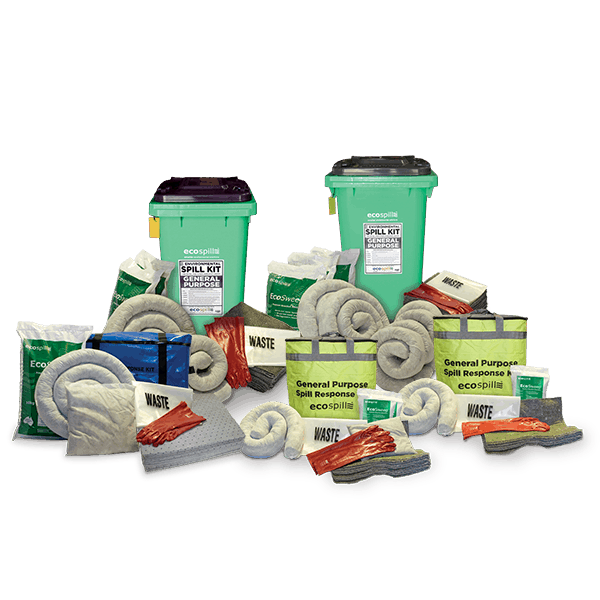Environmental Spill Kits and Train Travel

Train travel has been a staple of both human and product transport for over a century now, and its importance has waxed and waned over the years. Of late, however, it has become among a staple method of moving one of most vital substances to modern life and industry, and this has come with a number of consequences for spill management environmental stewardship, and spill kits worldwide.
The movement of crude oil around the world occurs at a fast pace, and takes the substance through a number of different stages. Crude must be transported to processing plants, which then must be moved to its eventual consumers. The large distances between these areas, and the volume of oil that is needed, has bred a number of different methods.
Pipelines have been built across numerous areas of the world, but their construction has been controversial, as both an environmental risk, and for the rights of landholders. To keep the oil moving, thousands of tanker cars are moving across the world’s tracks, shipping crude and processed oil around the world. With little regulatory oversight, and using some tankers of considerable antiquity, a number of derailments have become big news – involving the use of environmental spill kits on a huge scale.
Due to the fact that many train lines were built as passenger-focused transport, a lot of current lines run right through populated areas. These same lines are now playing host to heavy transport trains, moving thousands of barrels of oil. Predictably, some derailments have been catastrophic, including one in Lac Megantic in Canada’s east, which decimated a small town and cost nearly fifty lives.
At EcoSpill, we believe that ensuring our environmental agencies are well equipped to tackle spills of any size is a vital element of this service. Keeping the public aware of the oil running across our train lines is a key aspect of public safety, and awareness of the potential cost of this practice should be a priority.
